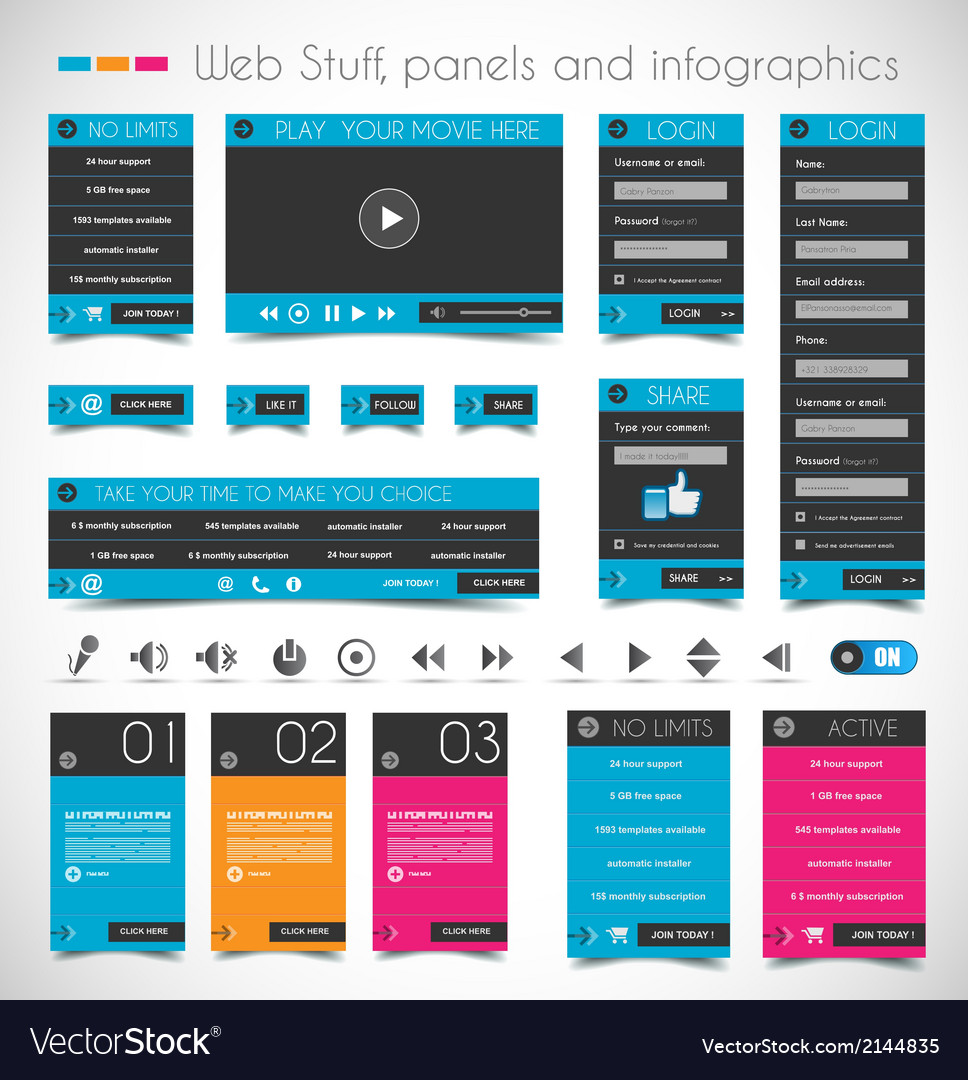Fascinated In Learning Just How Website Layout Has Evolved? Take A Journey Via The Makeover
Fascinated In Learning Just How Website Layout Has Evolved? Take A Journey Via The Makeover
Blog Article
Staff Author-Kahn Bojesen
In the past, sites were simple and focused on info. Navigation was direct, and layout was for desktop computers. Now, user experience is vital. Data guides designs for simple navigation. Receptive formats match various tools. Today, dark setting reduces strain, and minimal menus enhance navigating. Interactive functions involve users, and vibrant visuals stand out. AI assimilation boosts involvement. See just how design has actually advanced to improve your online journey.
Very Early Days of Web Design
In the very early days of website design, simplicity reigned supreme. Web sites were standard, with limited colors, font styles, and layouts. The focus got on offering details instead of fancy visuals. Individuals accessed the net through slow dial-up links, so rate and functionality were key.
Navigation food selections were straightforward, usually situated on top or side of the web page. Websites were created for desktop, as mobile browsing had not been yet prevalent. Web content was king, and developers prioritized simple readability over complicated style components.
HTML was the key coding language utilized, and developers needed to function within its constraints. Animations and interactive attributes were minimal contrasted to today's criteria. Websites were static, with little vibrant content or personalized individual experiences.
Increase of User-Focused Style
With the advancement of site style, a shift towards user-focused style principles has become significantly noticeable. Today, producing websites that focus on user experience is vital for engaging site visitors and achieving business goals. User-focused design includes comprehending the needs, choices, and habits of your target audience to tailor the web site's layout, content, and features appropriately.
Developers now carry out thorough study, such as individual surveys and use testing, to collect insights and feedback straight from users. This data-driven technique helps in creating user-friendly navigation, clear calls-to-action, and visually appealing interfaces that resonate with visitors. By putting the individual at the facility of the style procedure, internet sites can deliver a much more individualized and enjoyable experience.
Responsive style has actually likewise become a vital facet of user-focused design, guaranteeing that sites are optimized for different tools and display dimensions. This adaptability boosts accessibility and usability, satisfying the diverse methods users communicate with websites today. Fundamentally, the rise of user-focused style represents a change in the direction of producing electronic experiences that prioritize the demands and assumptions of completion user.
Modern Trends in Website Design
Check out the current patterns forming website design today. One noticeable fad is dark setting style, providing a smooth and modern-day appearance while decreasing eye pressure in low-light settings. https://minutehack.com/news/filling-in-empathy-map-tips-for-uxui-designers is minimalist navigating, simplifying food selections and improving user experience by focusing on essential elements. Incorporating micro-interactions, such as animated switches or scrolling effects, can develop a much more engaging and interactive web site. Receptive design continues to be crucial, making certain smooth individual experiences across various devices. Additionally, utilizing bold typography and asymmetrical designs can add aesthetic rate of interest and draw attention to specific content.
Integrating AI modern technology, like chatbots for client support or customized recommendations, enhances user involvement and improves processes. Access has likewise become a substantial trend, with developers focusing on inclusive design methods to deal with diverse individual needs. Accepting Learn More Here by optimizing web site performance for speed and performance is another emerging fad in website design. Teaming up with individual responses and information analytics to iterate and enhance layout continually is essential for remaining pertinent in the ever-evolving electronic landscape. By welcoming these contemporary trends, you can produce a visually appealing, straightforward web site that resonates with your audience.
Verdict
As you review the advancement of website design from the early days to currently, you can see just how user-focused style has become the driving force behind contemporary fads.
Embrace the journey of adjustment and adjustment in website design, always keeping the customer experience at the forefront.
Stay current with the most up to date fads and technologies, and never ever quit advancing your method to produce visually sensational and easy to use web sites.
Develop, adjust, and produce - the future of web design is in your hands.
